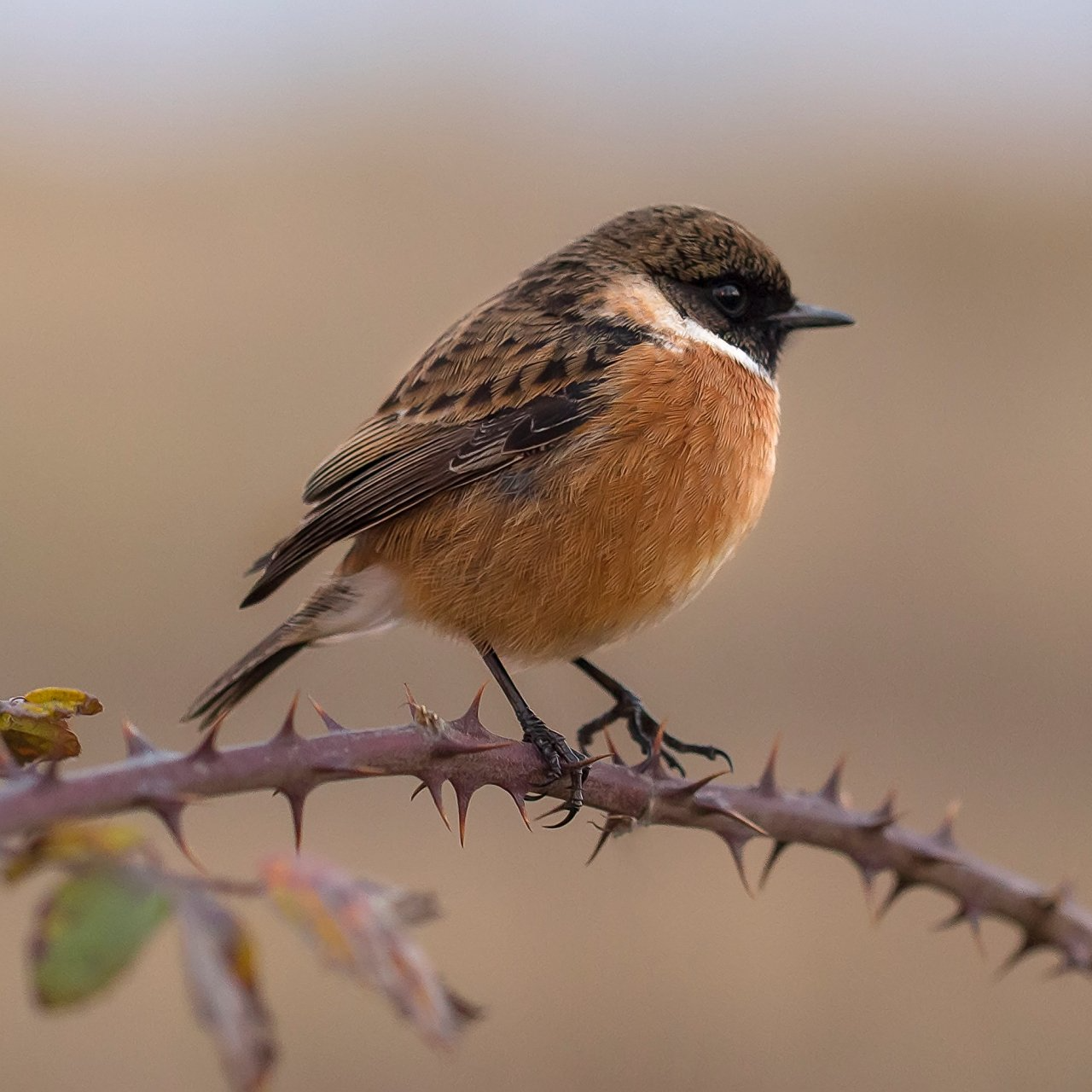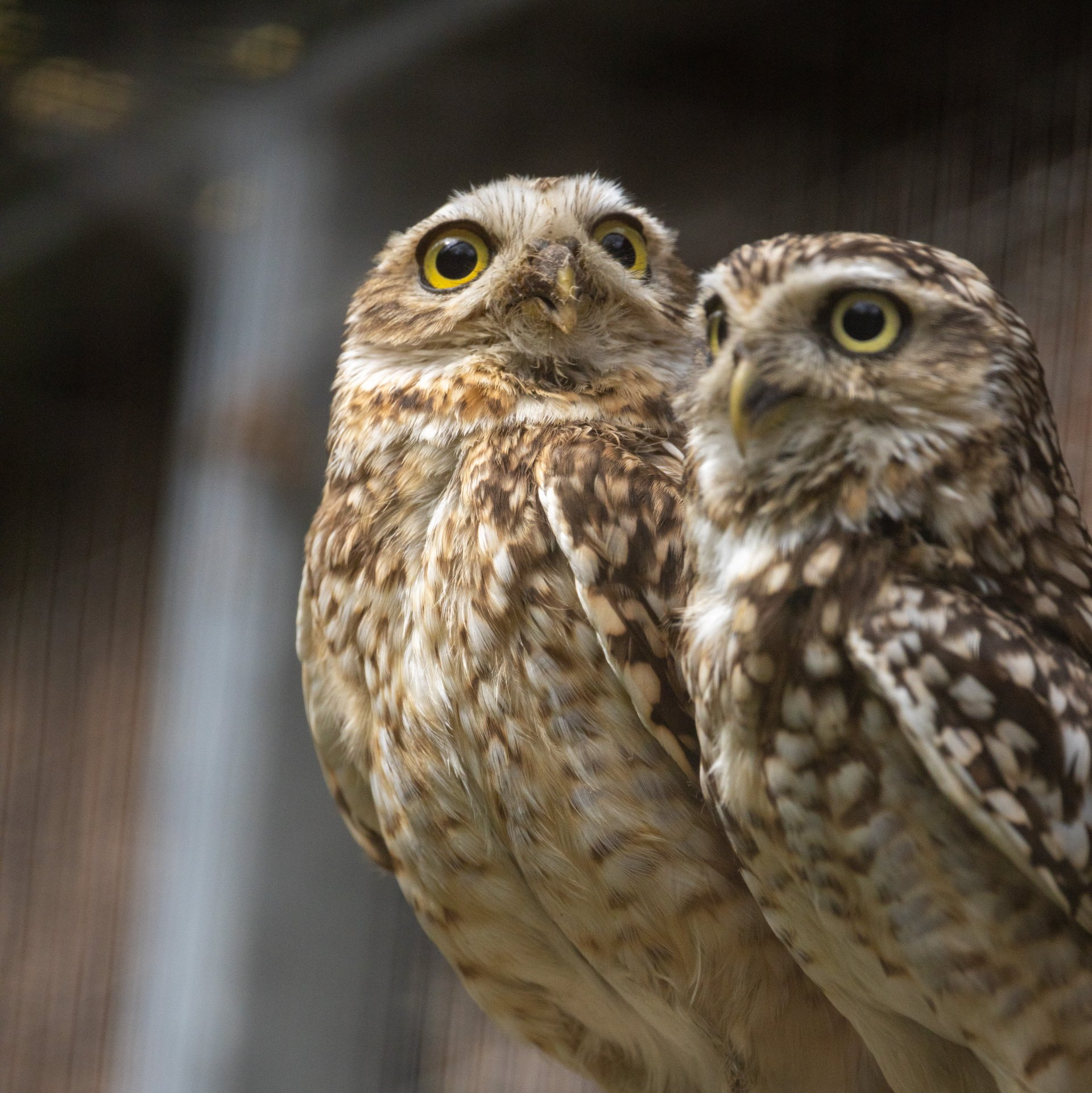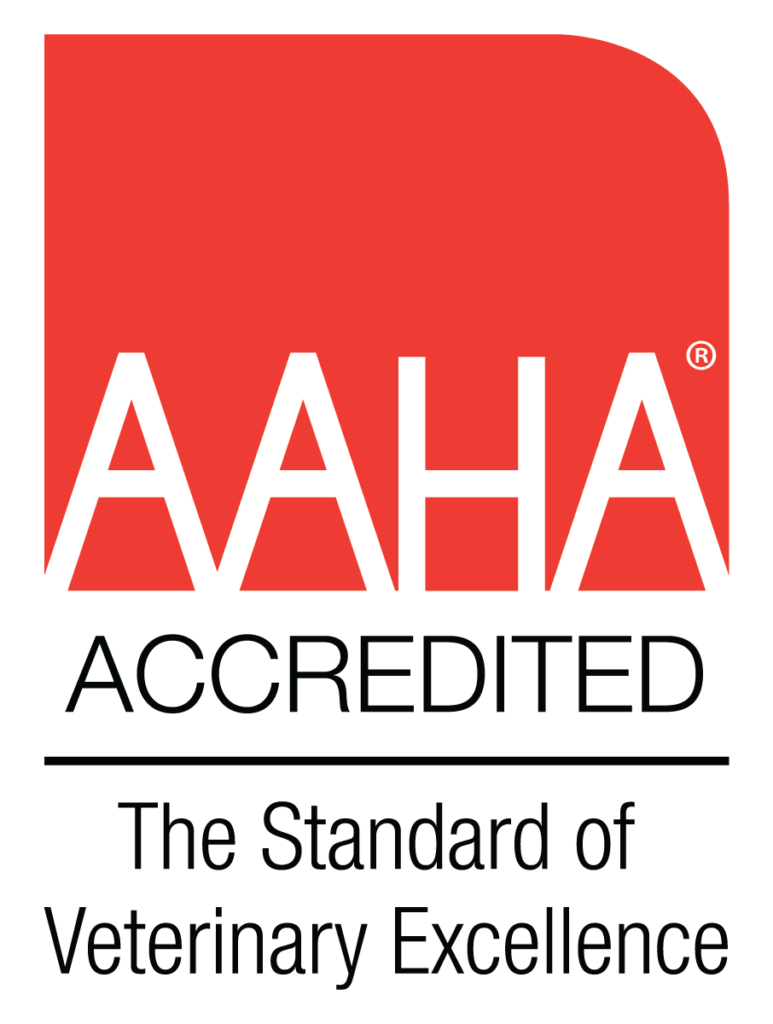Wildlife Rehabilitation
Protect those who can not protect themselves.
What to do if you find wildlife on your property?
The Cheyenne Center for Wildlife Rehabilitation started as an outgrowth of the wildlife work done by Cheyenne Pet Clinic. The organization is funded by the Cheyenne Pet Clinic and by the generous donations from the public. Wildlife patients are treated at no charge to the person presenting the animal to the clinic. Over the years, most every species of Wyoming's native wildlife, especially birds, have been presented for treatment. Everything from sparrows to armadillos to golden eagles have been treated. Many of these animals are injured due to human/animal interactions. Some are hit by cars, some have flown into windows or have been shot, while others may have been attacked by dogs or cats. With so many varied animals and injuries, not all patients can be released back to the wild and have to be euthanized. Even with all the problems, the release rate at the Cheyenne Center for Wildlife Rehabilitation is 35-40% - an excellent statistic. Over two hundred wildlife cases are seen yearly at Cheyenne Pet Clinic.

Song Birds
If you find a baby bird it should be left for the parents to return. Nests of baby birds should be placed back in the tree and the parents will continue to feed and care for them. Birds have a much better chance of survival if left in the wild.

Raptors
If you find injured or orphaned raptors please call the Wyoming Game and Fish Department at 307–777–4600 or 307–638–8354. These birds can be dangerous and fall under governmental regulations. The local game warden will pick up and deliver the birds to the appropriate facility.

Mammals
Baby mammals should be left where you find them. Often their parents are out foraging for food or have been scared away by humans. They should be checked at dusk and dawn and only “rescued” if no parents return.
Contact Information
Office Hours
Mon-Fri 7:30am - 5:00pm
Sat
8:00am-Noon
Clinic Information
Copyright 2024 Cheyenne Pet Clinic. All Rights Reserved.




